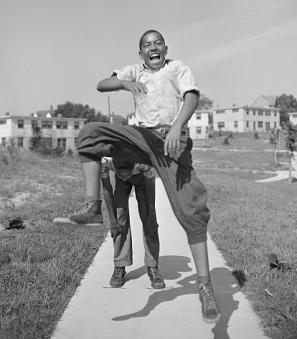The Women's Peace Party and Pacifism During WWI
Two years before the United States entered World War I, women in Washington were gathering to protest the practice. As The Washington Post put it, “War was declared on war.”[1]
The Women’s Peace Party was formed January 10, 1915 at a conference at the Willard Hotel. Speakers included Jane Addams, a pioneer of social work and feminism,[2] Carrie Chapman Catt, president of the International Alliance for Women’s Suffrage,[3] and other representatives from throughout the country, including two delegates from the District’s branch of the Daughters of the American Revolution.[4]
Over 3,000 attendees unanimously agreed on a “peace program,” to end the war practically.[5] The plan was detailed in 11 clauses, including:
“Education of the youth on the ideals of peace…
The further humanizing of governments by the extension of the franchise of women…
Action towards the gradual organization of the world to substitute law for war…
Removal of the economic causes of war…
The appointment by this government of a commission of men and women with an adequate appropriation to promote international peace.”[6]
The plan also called for the mobilization of international governments and emphasized the role of women throughout the country to advocate for peace. Organizers explicitly included women’s suffrage as one of the clauses and, according to The Washington Post, argued that “it was the inherent right of a mother to have a say in the blotting out of her son’s life.”[7]
The convention not only proposed plans for peace, but rebuked the very concept of war and those that took part in it. Emmaline Pethwick-Lawrence, a representative from London, “described war as made by ‘international gamblers, and degenerates.’ She forcibly epitomized it as ‘murder, rape, pillage, cruelty, waste, and degenceracy.’”[8] Pethwick-Lawrence also praised the current president, Woodrow Wilson, as being a man of “peace and goodwill towards men.”[9] Wilson had previously declared neutrality in the case of World War I, a stance he would keep through his 1916 reelection campaign, which continually reminded Americans “He Kept Us Out of War.”
The WPP conference’s message was condensed into pamphlets distributed to Washington suffragists and others. The literature claimed the group’s purpose was “to enlist all American Women to arousing the nation to respect the sacredness of human life and to abolish war.”[10] Additionally, the party decided to keep a presence in Washington after the conference, opening an office at 1388 F St., NW.[11]
While some supported the pacifists’ efforts, they garnered criticism from preparedness advocates, including former president Theodore Roosevelt. According to press outlets, Roosevelt wrote a highly critical letter to the leaders of the movement.[12] Addams wanted to publish the letter, but eventually decided against it, taking the advice of party members who felt that the publicity would please Roosevelt. Reports of the contents of the letter claimed that Roosevelt called the pacifists “a menace to the future welfare of the United States.”[13]
Author and activist Max Eastman fired back at the former president at a New York meeting:
“Roosevelt likes to charge up San Juan Hill and then he likes to prosecute for libel anybody who says he didn’t charge up San Juan Hill. There are all kinds of fighting. War people fight for war and peace people fight for peace…That’s the way I like to fight.”[14]
Early on, the party understood the necessity of coordination from women around the world. Dr. Neena Hamilton Pringsheim would later say at a WPP meeting, “I think the great duty that is laid upon the people of all nations is to learn to think and feel internationally.”[15] As such, WPP representatives traveled to Hague, Holland where Jane Addams served as the presiding officer at the International Congress of Women held April 28 - May 1, 1915.[16] Following the conference in Hague, the Women’s Peace Party would become the United States branch of the Women’s International Committee for Permanent Peace, which Jane Addams served as President.
Pacifist groups remained active over the next two years and continued to push President Wilson to adopt their plan for neutral and peaceful mediation of the conflict in Europe.[17] Ultimately, however, the President began to see American involvement in the war as the only way to “make the world safe for democracy.” He made his case before a joint session of Congress on April 2, 1917 as pacifists and pro-war preparedness advocates held counter demonstrations outside. Four days later, Congress voted to declare war on Germany.[18]
In the aftermath, many pacifists were attacked for being unpatriotic. Jane Addams would turn from “Saint Jane,” a pioneer of social work, to “The Most Dangerous Woman in America,” as she spoke of hindering the war effort and propaganda.[19]
After World War I, the Women’s International Committee for Permanent Peace would become the Women’s International League for Peace and Freedom, which is still in operation today.[20]
Footnotes
- ^ “WOMEN FOES OF WAR: RINGING APPEAL IS MADE BY 3,000 HERE AGAINST” The Washington Post, Jan 11, 1915.
- ^ Nobel Lectures, Peace 1926-1950, Editor Frederick W. Haberman, Elsevier Publishing Company, Amsterdam, 1972.
- ^ “WOMEN LOOK TO PEACE: DELEGATES BEGIN MOVEMENT HERE TO END-ALL WARS.” The Washington Post, Jan 10, 1915.
- ^ “WOMEN PLAN PEACE MEET.: COMMITTEE NAMED TO RECEIVE DELEGATES TO CONSTRUCTIVE” The Washington Post, Jan 9, 1915;
- ^ “WOMEN FOES OF WAR: RINGING APPEAL IS MADE BY 3,000 HERE AGAINST”
- ^ Ibid.
- ^ Ibid.
- ^ Ibid.
- ^ Ibid.
- ^ “PEACE PARTY IS AT WORK,” The Washington Post, Feb 15, 1915.
- ^ Ibid.
- ^ “CALLS PACIFISTS PERIL” The Washington Post, Apr 11, 1915.
- ^ Ibid.
- ^ Ibid.
- ^ “REELECT JANE ADDAMS: GERMANY WEARY OF WAR,” The Washington Post, Dec 10, 1916.
- ^ John Whiteclay Chambers, The Eagle and the Dove: The American Peace Movement and United States Foreign Policy 1900-1922, (Syracuse: Syracuse University Press, 1991) pp. 56-57
- ^ Chambers, The Eagle and the Dove: The American Peace Movement and United States Foreign Policy 1900-1922, pp. 56-57
- ^ "America enters World War I." History.com. Accessed Apr 04, 2017.
- ^ Sherry R. Shelper and Anne F. Mattina, “Paying the Price for Pacifism: The Press’s Rhetorical Shift from “Saint Jane” to “The Most Dangerous Woman in America,” Feminist Formations, Volume 24, Issue 1, (John’s Hopkins University Press, 2012), pp 154
- ^ “Women and the Peace Movement.” National Women’s History Museum. Accessed April 06, 2017. Another peace program that Addams help found also continues today -- American Civil Liberties Union.


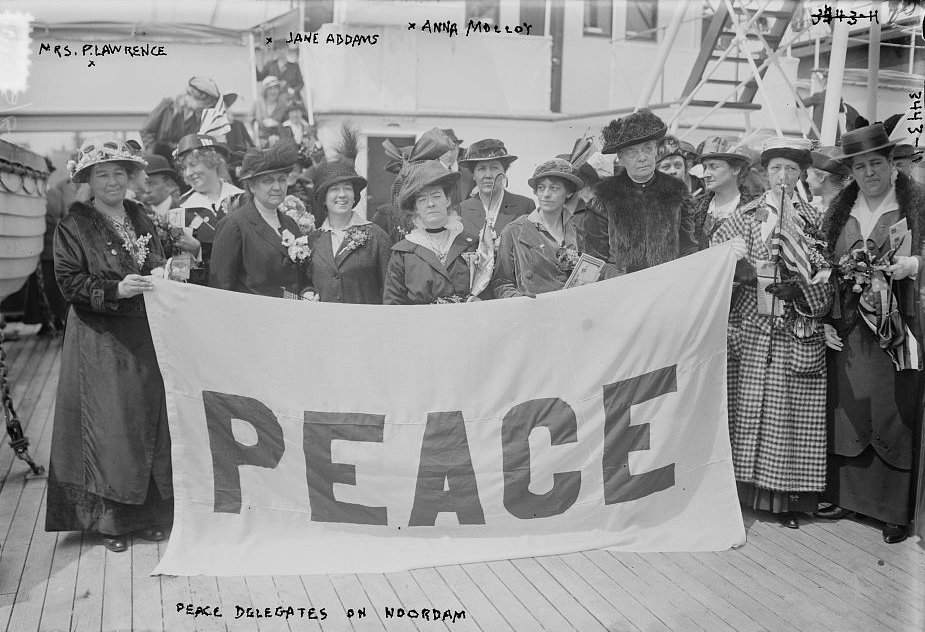
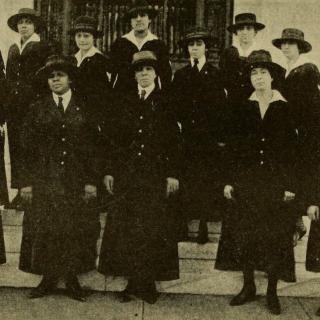
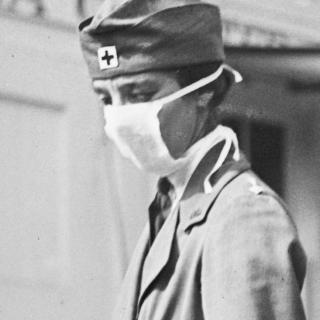
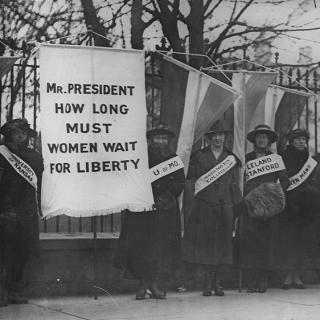
![Sketch of the mythical fuan by Pearson Scott Foresman. [Source: Wikipedia]](/sites/default/files/styles/crop_320x320/public/2023-10/Goatman_Wikipedia_Faun_2_%28PSF%29.png?h=64a074ff&itok=C9Qh-PE1)











